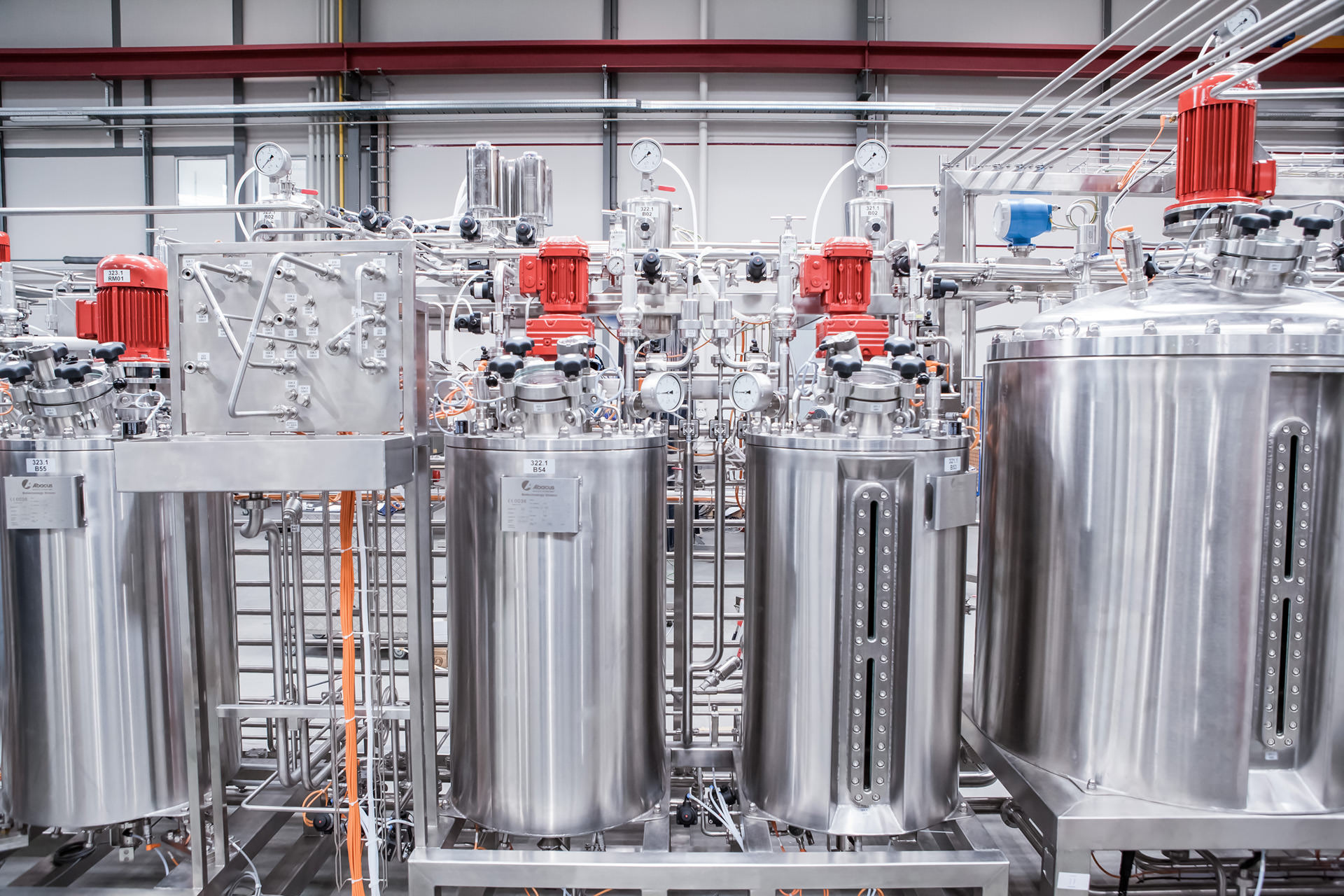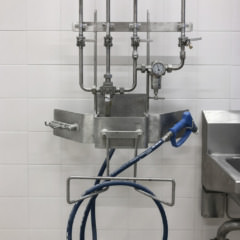
Corporate Hygienic Design (CHD)
Smart hygienic design concepts for improved product safety and smooth processes
Everyone is talking about hygienic design in plant engineering. With increasingly sensitive raw materials and end products, the demands for efficient production plants, contamination-free production and easy plant cleaning are rising – and this in many branches. Production downtimes and product recalls cause high costs. Hygienic Design seems to be the right solution for this. Institutions such as the EHEDG are establishing guidelines for proper implementation in plant engineering and process technology. However, many companies lack experience in implementation and do not have a holistic approach. General requirements for plant manufacturers, such as “compliance with all EHEDG guidelines” or “state of the art” leave a lot of room. A comprehensive, company-specific “Corporate Hygienic Design” can help. These company-wide specifications should reflect the individual requirements of the producer for his product.
Plant engineering takes a comprehensive view of Hygienic Design
from environment to smallest details
“Hygienic design is much more than just smooth surfaces,” says Bernhard Scheller, Managing Director of Ruland Engineering & Consulting, a manufacturer of equipment for liquid products. Hygienic design starts with a hygienic environment and continues through the machinery and equipment. It considers the smallest details. The beginnings in hygienic design have mainly dealt with the direct process components (valves, sensors, pipe connections). In the meantime, institutions such as the EHEDG have made the topic more and more widespread and accepted. With regard to Hygienic Design, many customers still focus exclusively on the process components. Certificates (as for example from EHEDG) can easily be used as a guide, and many manufacturers offer hygienic models with detailed solutions for pumps, valves, handles, feet, screws, control cabinets and more. Thus, hygienic design for components can be defined and executed very comprehensively today. Other, essential requirements for design and construction are merely described in guidelines and are often difficult to grasp and compare. In frame and bracket construction, in the cabling of plant modules or in stage construction, there are numerous variations that can be evaluated differently, both from a hygienic point of view and in terms of costs. The task of plant engineers, such as Ruland Engineering & Consulting, is to point out these differences, to match them with the requirements of the customer and his product, and to define the best solution in terms of costs and benefits together with the customer. Companies that want to create a holistic hygienic design concept have to take a fresh look at their products, the process and its surroundings. First, the microbial stability and the microbial load of the raw materials have to be evaluated as well as the microbial sensitivity of the finished products Next the process needs to be examined: Is it open or closed? Which microbial conditions are in place? It is also important to check the points at which foreign materials or microorganisms could invade the process from outside and possibly cause damage to the product. With these basic conditions, the plant engineer can design a process according to hygienic needs.

Plant cleaning is an important part of hygienic design
cleaning technologies such as CIP and SIP
The cleanability and sterilizability of the equipment play a major role when it comes to hygienic processes and hygienic design. The focus is on the cleaning technology used, and the monitoring and documentation of the parameters in CIP/SIP systems. Depending on the product, different cleaning/disinfection intervals are necessary. Given the variety of products and diversity of properties, the standard and maximum cleaning demands as well as the cleansing agents used may differ widely. No doubt, all the better a plant is designed from a hygienic point of view, the faster and safer it can be cleaned from the inside and outside.
How to define the appropriate hygienic design options
Let us help you to work out your concept
A good hygienic design concept looks at the tasks individually and holistically. It combines the specifications for individual components with the installation and building design, all the way down to the smallest details. Supported by an experienced plant engineer, manufacturers can define and implement their own Corporate Hygienic Design. So, in the end, the hygienic design will fit the various product requirements and different production zones in their plant.
